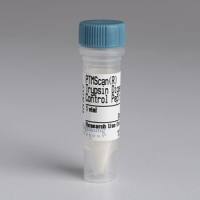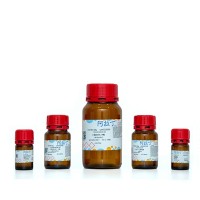During the last 20 years, the cloning and identification of DNA repair genes in bacteria, yeast, human, mouse, and other organisms have been an expanding enterprise. Gene/cDNA isolation and analysis is a critical step toward discovering gene/protein function by enabling subsequent characterization of over-expressed and purified recombinant protein, and by providing information about gene structure that can be used to prepare gene targeting vectors. Although most of the human genes have been identified for nucleotide excision repair (NER) (1 ), there probably remain to be discovered numerous genes that act in recombinational repair and in processes that coordinate the cellular response to DNA damage with respect to the cell division cycle. Only a few human cell-cycle checkpoint genes have been reported, and mammalian genes that correspond closely in function to the RAD6 epistasis group in Saccharomyces cerevisiae are notably lacking. Although two human homologs of RAD6 were identified (2 ), their functions appear to involve chromatin modification rather than response to DNA damage (3 ). This chapter reviews the wide variety of gene cloning strategies, which have seen varying degrees of success, and comments on their relative merits.






